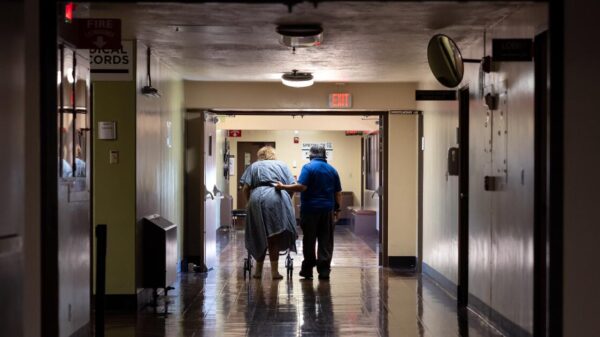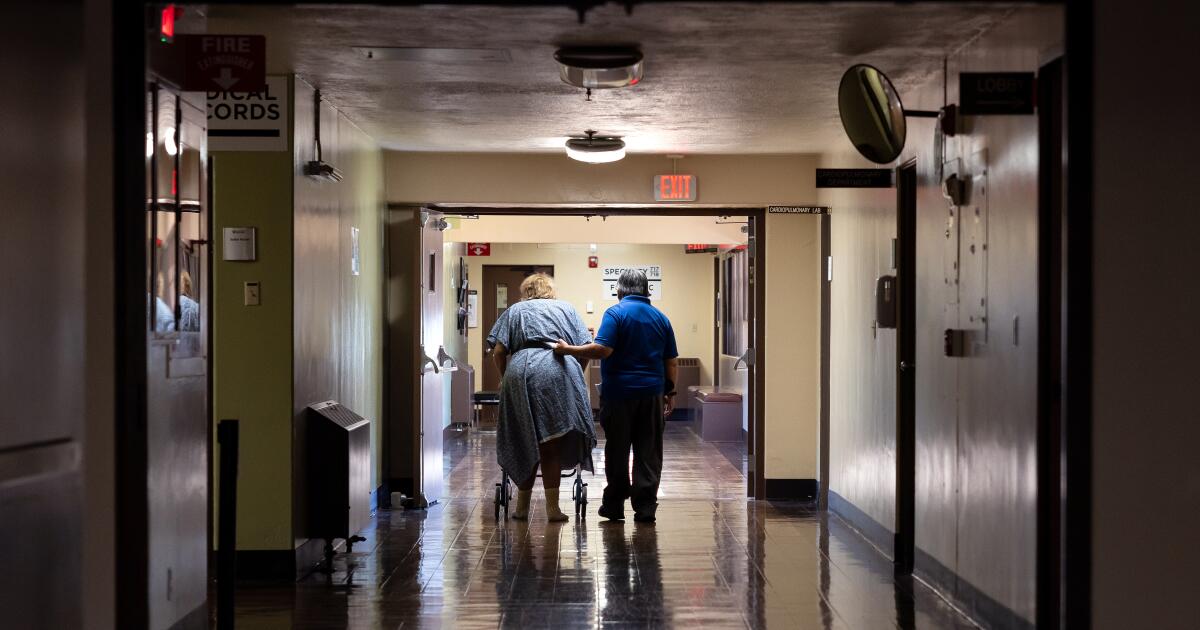The closure of Glenn Medical Center in Willows, California, on October 21, 2023, has left the small community grappling with significant health and economic repercussions. As the last patient, Theresa McNabb, 74, prepared to leave after six weeks of treatment for a severe infection, hospital staff expressed their sorrow, uncertain about the future of both their jobs and the health of their patients.
Glenn Medical Center had served the rural area for more than seventy years, providing essential medical care to local residents and those injured on the nearby Interstate 5. The hospital’s shutdown raises critical questions about the availability of emergency medical services for the community, which is primarily low-income and now faces a potential decline in health outcomes.
Local officials are increasingly concerned about the implications of the hospital’s closure. With the recent federal decision to revoke its “Critical Access” designation due to distance requirements, Glenn Medical Center could no longer receive vital federal reimbursements, leading to its financial collapse. The nearest hospital is located just 32 miles away, falling short of the 35-mile requirement set by federal regulations, even though no geographic changes had occurred.
The financial strain on rural hospitals is not unique to Glenn Medical. Palo Verde Hospital in Blythe has filed for bankruptcy, while Southern Inyo Hospital in Lone Pine has sought emergency funding. A study released by the U.S. Senate indicates that many more hospitals in California could face similar fates, highlighting a troubling trend and prompting concerns from healthcare experts.
Peggy Wheeler, vice president of policy for the California Hospital Association, described the situation as the beginning of a potential crisis. “I’m concerned we will lose a number of rural hospitals, and then the whole system may be at risk,” she stated.
The closure of Glenn Medical has not only affected patient care but also has significant economic implications for Willows. The hospital was one of the largest employers in the area, and its closure has already resulted in the loss of approximately 150 jobs. Local officials, including Willows Vice Mayor Rick Thomas, expressed worry about the lasting impact on the community’s ability to attract new businesses and support its residents.
From its inception on November 21, 1950, Glenn Medical Center played a pivotal role in the community’s development. It was once celebrated for its modern facilities and quality care, but its financial struggles became evident over the years. In 2000, the hospital went bankrupt but was rescued by a federal designation that provided higher reimbursement rates.
Despite efforts to improve patient care and community relations, hospital administrators faced insurmountable challenges as federal regulations tightened. Following the April 23 notification from the Centers for Medicare & Medicaid Services about noncompliance with distance requirements, the hospital’s future became increasingly bleak.
As the hospital’s final day approached, staff members reflected on their experiences and the bonds formed with patients. Nurse Amanda Shelton gifted McNabb a sweater, marking a poignant farewell that underscored the emotional weight of the closure. “It’s not every day that it will be the last patient I’ll ever have,” she said, her voice filled with emotion.
Residents of Willows, like Rose Mary Wampler, 88, expressed their fears about seeking medical care further away. The loss of local services has created anxiety about accessibility, especially for the elderly and those without transportation options. “It looks like somebody just shut off the whole city; there’s nowhere to go get help,” Wampler lamented.
As rural hospitals across California face similar challenges, the future of healthcare in these communities remains uncertain. The closure of Glenn Medical Center serves as a stark reminder of the vulnerabilities facing healthcare systems in rural areas, where access to emergency care could mean the difference between life and death. Local leaders, healthcare advocates, and community members are now left to navigate the aftermath of this significant loss.




































































